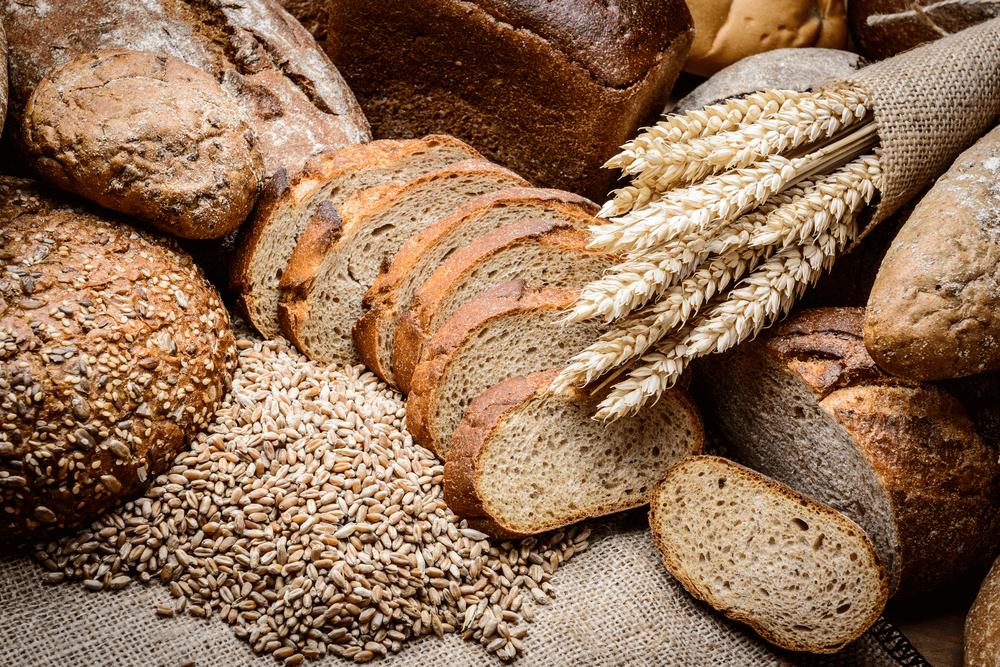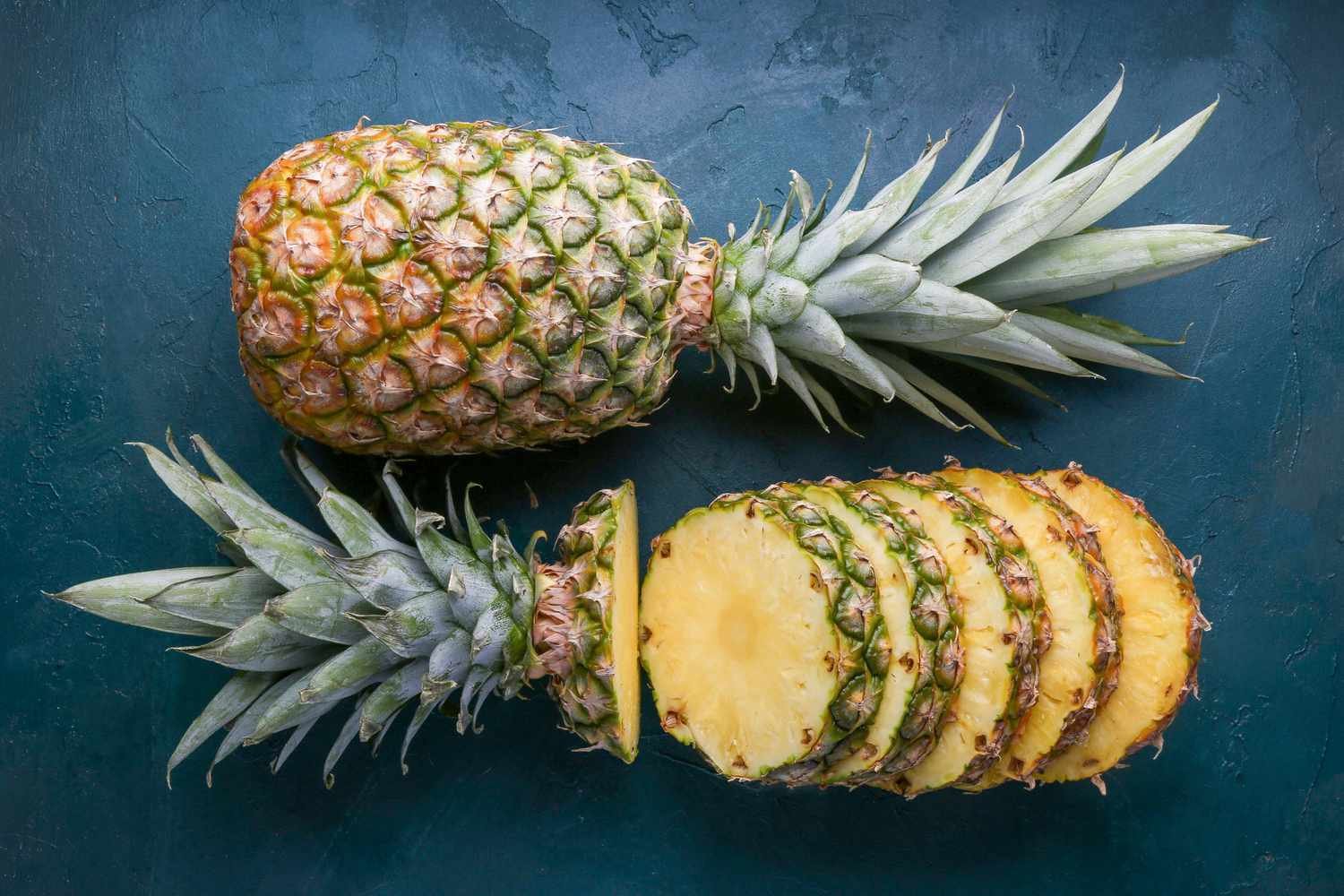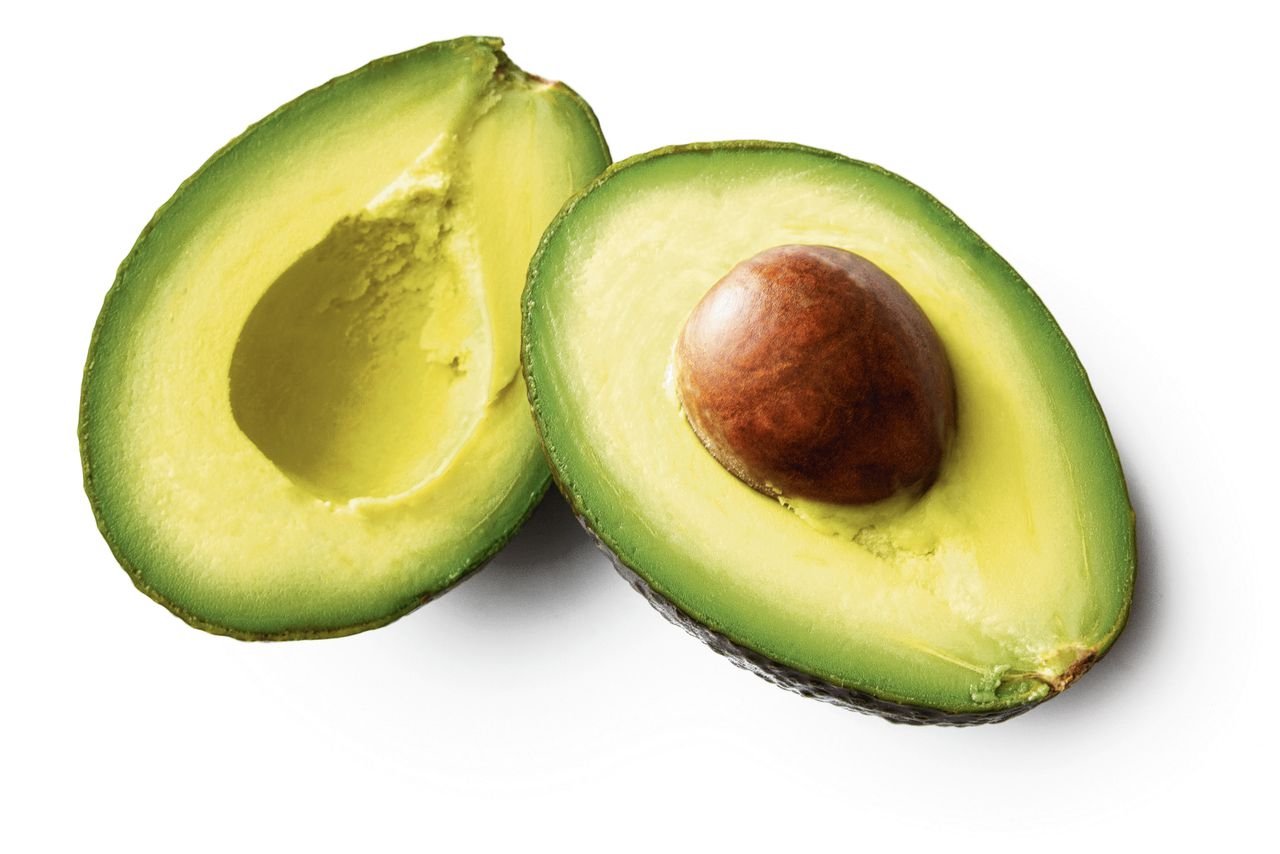Cocoa
Cocoa
Cocoa
Cocoa
cocoa
From pods to the cup
We are a cocoa supplier that provide great natural cocoa ingredients to customers all over the world, working with partners across the supply chain to create indulgent treats for consumers and a positive future for cocoa.
- Altitude 850m above sea level Specifications:
- Moisture content 8.0% max
- Bean count 100/100grams max
- Mold 5% max
- Flat Beans 1.5% max
- Slaty 5% max
- Foreign Material 1% Max
- Sievings 1.5% max
- Odour & Flavour: No off flavour & Foreign odour
- CRM ( cluster+ Broken+Fragment + shell) 3% Max
- Indicative price: On Request
- Mode of payment Cash Against Documents ( CAD) or Confirmed Irrevocable or Discounting LC issued from a Prime Bank
Background
The cocoa plant, an evergreen tree, produces pods containing beans used to make chocolate after fermentation and drying. It thrives in equatorial regions with temperatures ranging from 30 to 30 degrees Celsius and high humidity. Ideal conditions include shaded areas with annual rainfall between 1,500 mm and 2,000 mm. In Uganda, cocoa is primarily cultivated in central, western, southeastern, and southwestern regions, particularly in districts like Mukono, Buikwe, Bundibugyo, Masindi, and parts of Busoga. Common commercial varieties grown in Uganda include Amazon, Trinitaria, and Amelanedro, known for their large beans and high yields. Approximately 20,000 hectares of farmland in Uganda are dedicated to cocoa cultivation, managed by around 15,000 smallholder farmers in the mentioned regions.
Agronomy
The Cocoa tree is raised from seeds inside the nursery. This enables seedlings develop a strong root system essential to sustain the plant in the garden. Note: It is also important to have certified clean seedlings for planting; free from pests, diseases, and bites. Inside the nursery, Cocoa takes ~4 months from the seed to seedlings, so farmers are always recommended to inquire the age of the seedlings before planting as the survival rate for young seedlings is always low.
Farmers are recommended to plant at the on-set of rains. According to Uganda’s climate, planting occurs in the months of March for the first season, and September for the second season. Cocoa is planted at a spacing of 3M X 3M, resulting in 440 plants per acre. However, before planting, farmers are strongly advised to prepare the garden and dig holes before the onset of rains. The farmers can add organic manure to the holes. After, planting routine practices include: –- Weeding
- Pruning
- Fertilizer application
- Harvesting
Harvesting
Ready cocoa is identified by change of colour from green or red to yellow which is an indicator of ripening. The first harvest of cocoa is realised when the tree is about 2.5 to 3 years after planting. The yield is expected to increase at rate of ~10% each year and is maximized when the Plant is 6 years old. The average yield per plant is 9kg per year for the first harvest. Cocoa can be sold as fresh ripe beans or dried fermented beans. However, most companies prefer fresh produce to take full control of the quality due to technical requirements during fermentation and drying.
We are here to help!
If you have any questions or would like to explore business opportunities with Platinum Links, please don’t hesitate to get in touch with us. We look forward to hearing from you and discussing how we can meet your commodity trading needs.
- A-03 Kingsgate Mall Plot No.117-118 Gaba Road, Kabalagala
- +256 200 912 274






